Before dishwashers, vacuum cleaners, and chemical sprays, our grandparents maintained spotless homes with simple routines and resourceful methods. Many of their homes were built in the early to mid-20th century, long before cleaning gadgets became standard. Walls were often made of lime-coated bricks, floors of stone or wood, and windows wide enough to invite fresh air. Despite these modest structures, cleanliness was a priority, and their clever practices kept dust, stains, and clutter in check. Let’s explore the timeless methods they relied on.
1. Sweeping Floors with Handcrafted Brooms
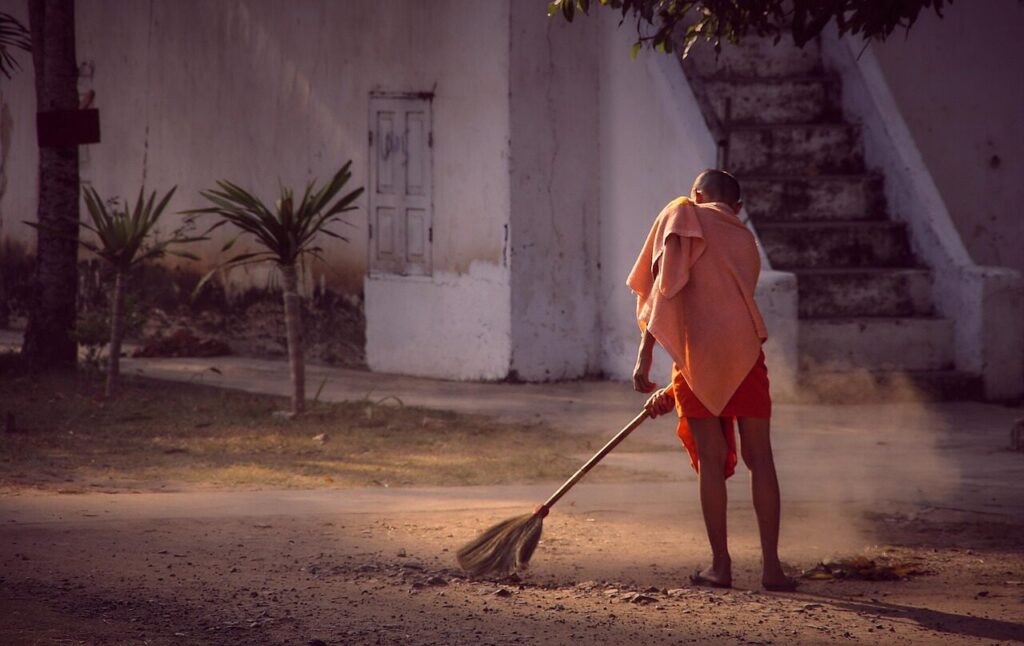
Instead of vacuum cleaners, grandparents used sturdy brooms made from dried coconut fronds, palm sticks, or millet stalks. These brooms easily reached corners, removing dirt and fallen leaves from stone or mud floors common in houses built before the 1950s. Sweeping was usually a daily ritual, sometimes done multiple times to keep the air fresher indoors. The natural fibers also polished the surface lightly, preventing dust from clinging. Children often joined in, learning the value of teamwork in household chores. This practice made homes tidy without any buzzing machines.
2. Washing Clothes on Stones or Wooden Planks
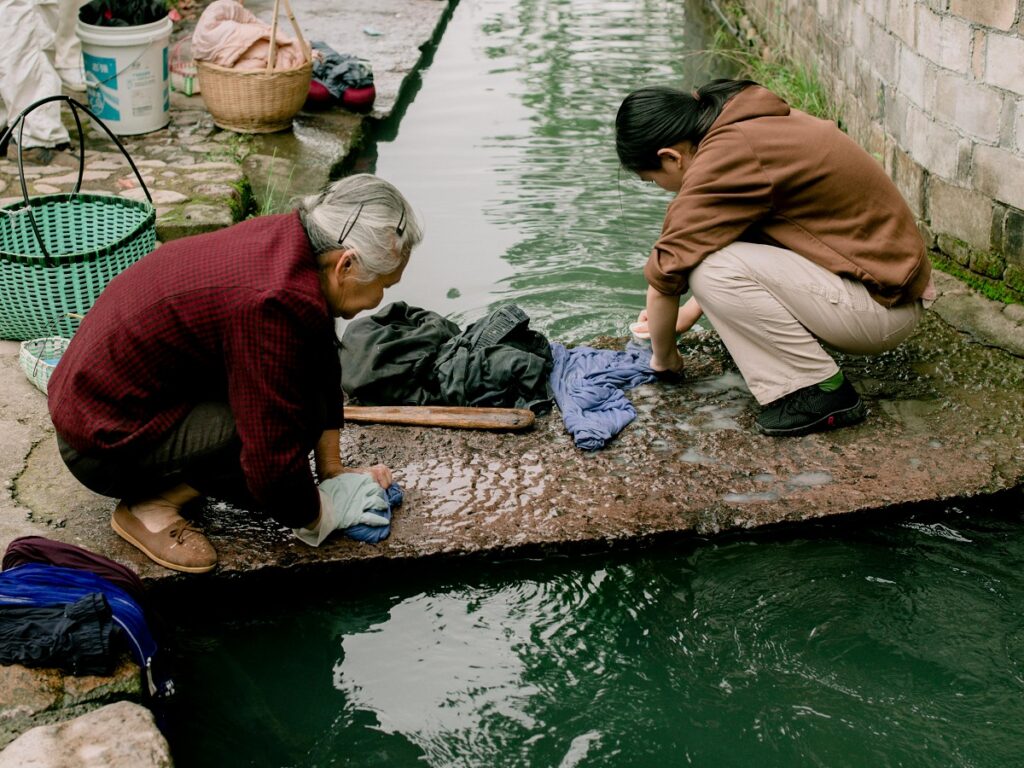
Laundry wasn’t tossed into a machine. Grandparents often scrubbed clothes against smooth washing stones or wooden planks, structures still seen near wells or backyards of homes built before the 1960s. Ash or handmade soap bars were used instead of chemical detergents, and rinsing was done with ample flowing water from nearby ponds or wells. Though labor-intensive, the method left fabrics thoroughly clean and sun-dried, adding a crisp freshness no machine could replicate. The rhythmic process became part of weekly routines, keeping garments spotless without electricity.
3. Beating Carpets in Open Yards
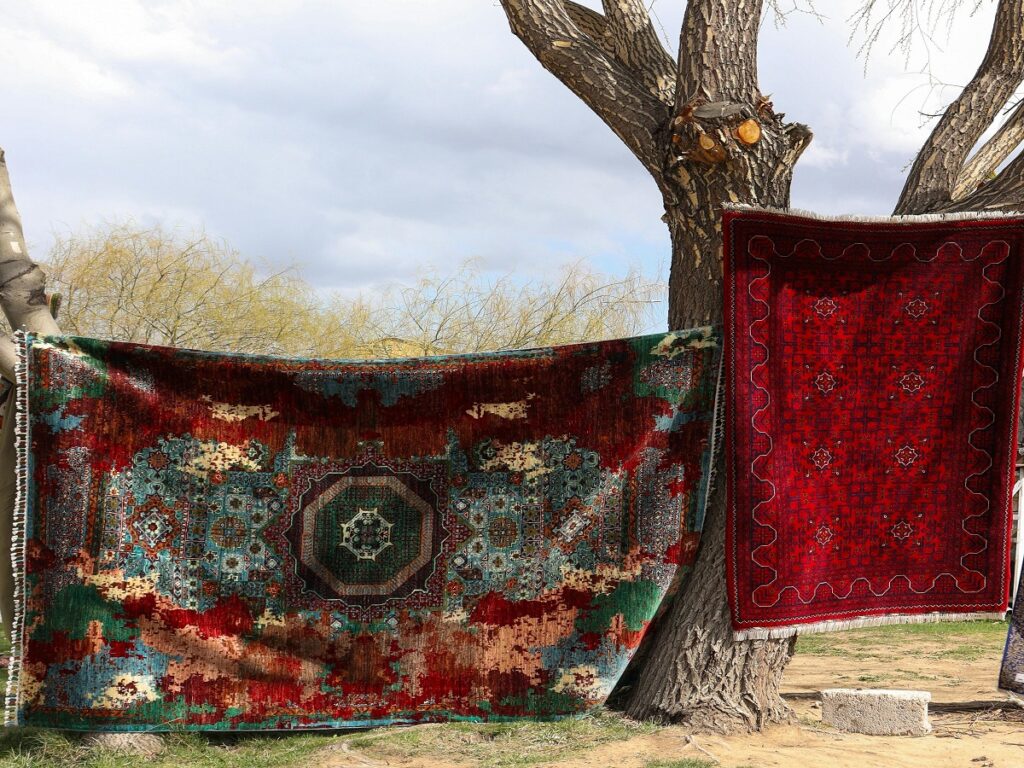
Homes with woven carpets or heavy rugs had no access to vacuum suction. Instead, grandparents took these outdoors, hanging them on sturdy bamboo poles or railings found in open courtyards of older houses. Armed with sticks or simple carpet beaters, they struck the fabric to release hidden dust and pollen. The process was messy yet effective, ensuring carpets remained breathable and dirt-free. Sunlight further sanitized the fibers, killing unseen germs. It was a communal task, with family members taking turns, combining effort with conversation under the open sky.
4. Cleaning Utensils with Ash and Sand
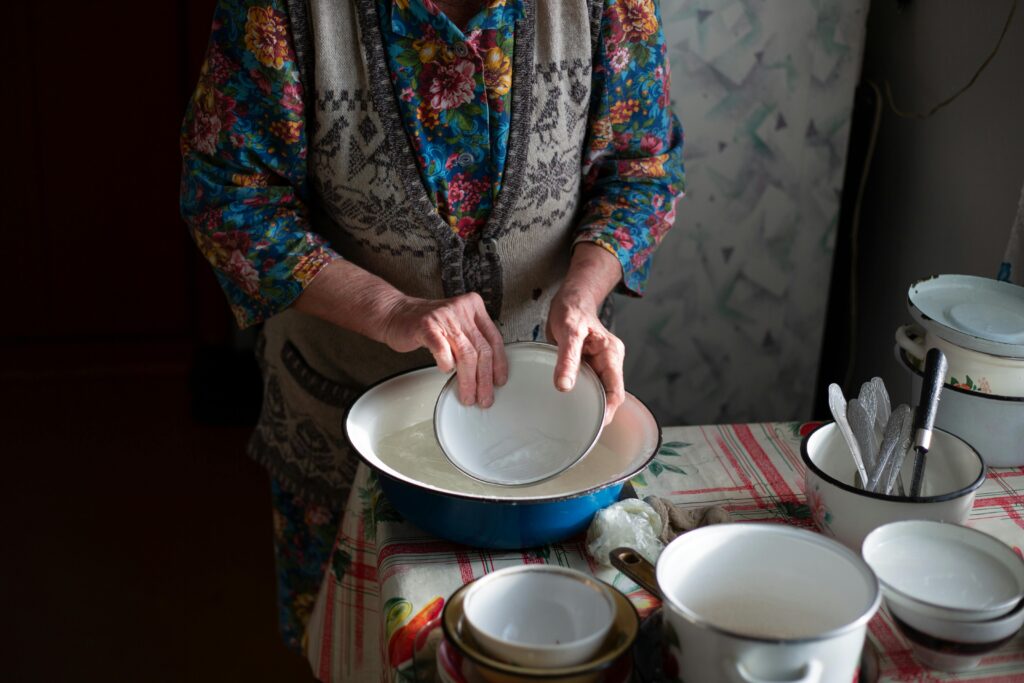
Dishwashing soaps were rare in kitchens built during the early 20th century. Instead, ash from firewood stoves or coarse sand was used to scrub pots and pans. Brass and copper vessels, common in many households then, regained shine after a good ash rub. The gritty texture removed sticky residues without harming surfaces. Water drawn from wells or stored in clay pots rinsed everything thoroughly. This eco-friendly method not only reduced waste but also left utensils odor-free. By reusing natural byproducts, families maintained sparkling kitchens without spending extra on packaged cleansers.
5. Polishing Floors with Cow Dung Paste
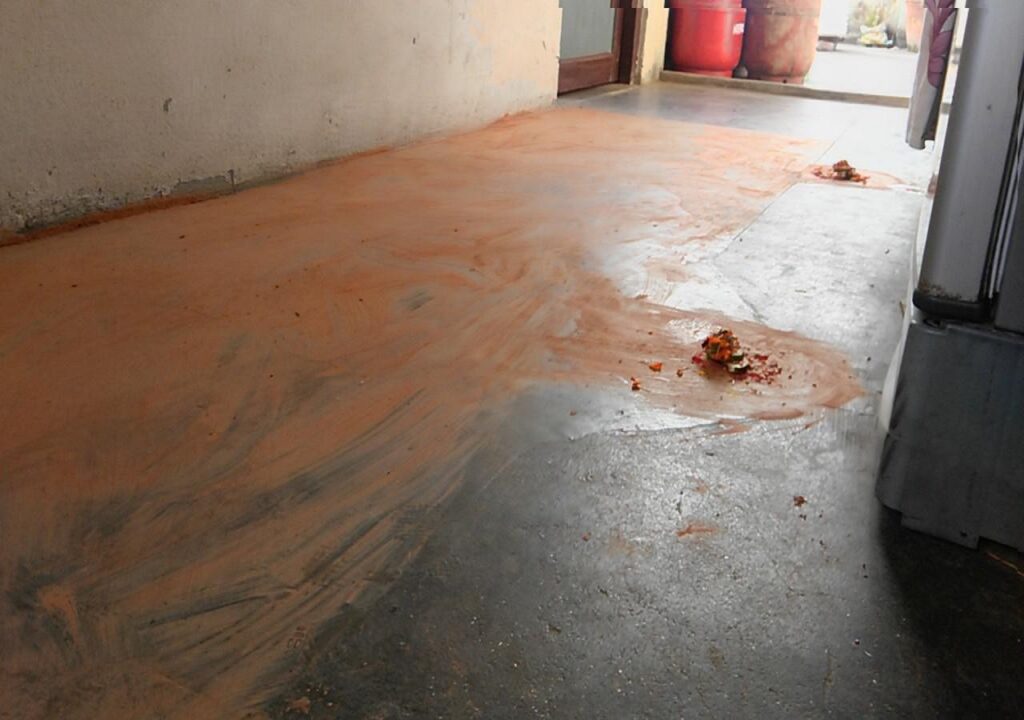
It may sound unusual today, but applying a thin layer of diluted cow dung paste was a trusted floor-cleaning method, especially in homes with earthen or stone surfaces. The practice, common in rural houses built before the 1950s, kept insects away and gave floors a smooth, firm finish. Once dried, the faint earthy aroma left the interiors smelling natural and fresh. This affordable method was repeated weekly and carried deep cultural significance, symbolizing purity. Far from being unhygienic, the technique maintained clean, pest-free living spaces without modern disinfectants or polish.
6. Airing Mattresses and Bedding in the Sun
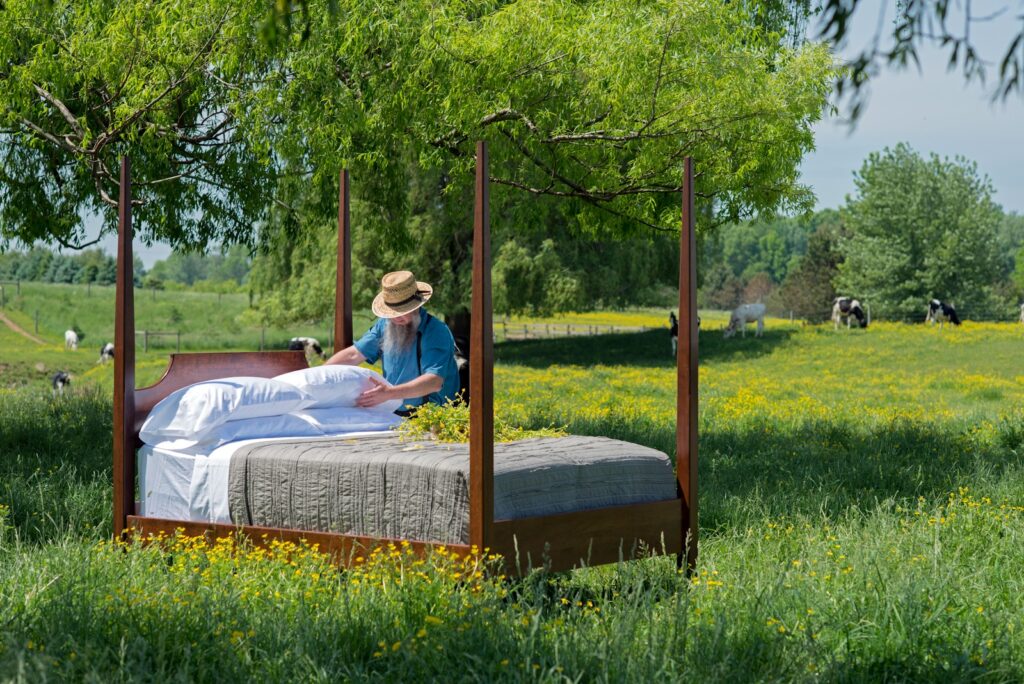
Beds in older homes often had cotton-stuffed mattresses and thick quilts. Since washing them wasn’t practical, grandparents regularly carried them outside to sun-dry. Courtyards or flat rooftops in houses built in the 1940s and 1950s served as drying grounds. The heat of the sun removed dampness, killed bacteria, and fluffed the cotton inside. Pillows and blankets were also beaten to remove dust before being spread under direct sunlight. This routine, often seasonal, kept sleeping areas fresh and free of musty odors without needing washing machines or electric dryers.
7. Using Lime and Soap Nut for Stain Removal
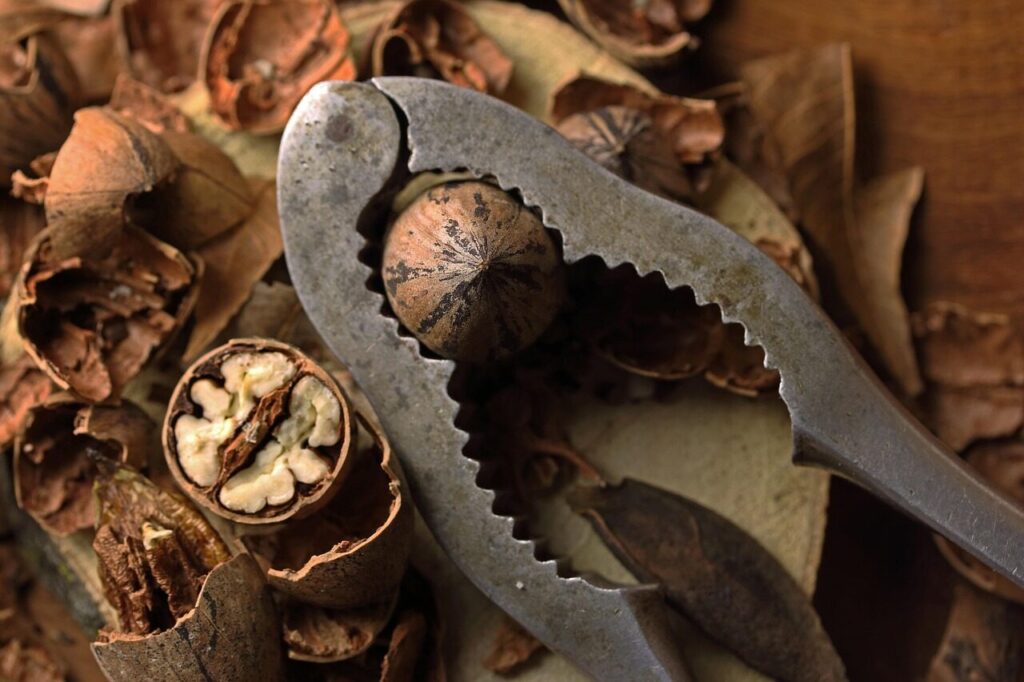
Instead of bottled stain removers, grandparents turned to lime juice and soap nuts. Soap nuts, known for their natural lather, were boiled to create a gentle cleansing liquid. Lime juice worked well on stubborn stains, especially on white cotton garments popular in homes before synthetic fabrics became widespread. Together, these natural ingredients replaced chemical-based solutions. Their effectiveness meant clothes remained durable and free from harsh residues. This low-cost method, often passed down through generations, revealed how deeply households valued sustainable cleaning practices long before branded products filled shelves.
8. Dusting with Damp Cotton Cloths
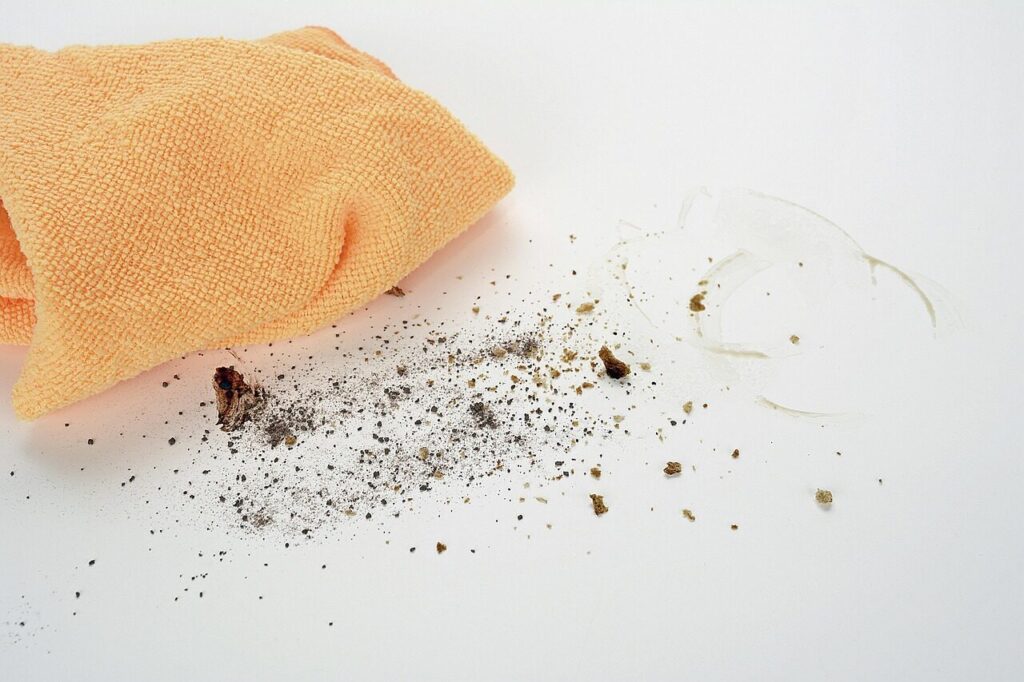
Before modern feather dusters, grandparents used old cotton cloths dipped in water to catch dust. Wiping wooden furniture, window grills, and shelves with a slightly damp cloth helped trap dust instead of letting it spread through the air. This method was especially effective in tiled or wooden interiors, which tend to collect fine particles quickly. The clothes, often made from recycled, worn-out garments, were washed and reused many times. This simple, mindful routine not only kept allergens under control but also kept homes looking neat and inviting.
9. Whitewashing Walls with Lime
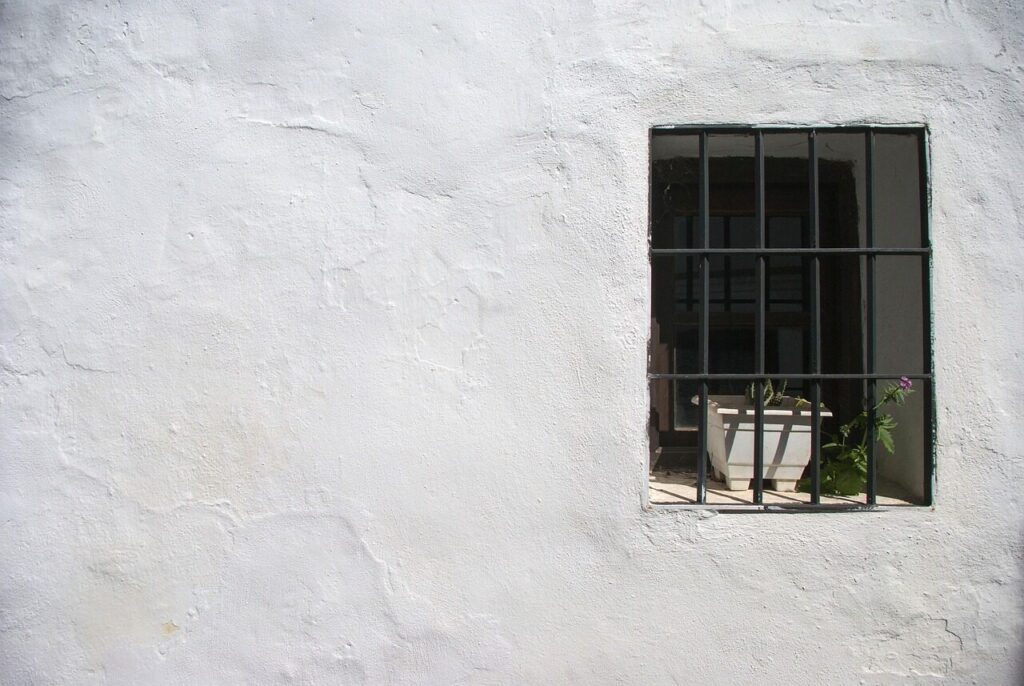
Paint cans were a rarity in the first half of the 20th century. Grandparents freshened up interiors by applying lime wash, a mixture of lime, water, and sometimes natural pigments. Besides brightening the walls of brick or stone houses, this coating acted as a disinfectant, preventing mold and insects. Annual or biannual whitewashing was a communal activity where families joined hands to redo living spaces. Once complete, the home looked brighter, smelled cleaner, and reflected light better indoors. It was both a maintenance and a beautifying practice rolled into one.
10. Keeping Windows and Doors Open for Ventilation

Instead of air purifiers or dehumidifiers, homes built with high ceilings and wide windows relied on natural airflow. Grandparents made it a habit to keep doors and windows open during the day, allowing sunlight and breezes to circulate. This reduced dampness, discouraged mold, and carried away stale odors. Window grills often supported plants, adding greenery and freshness to interiors. Ventilation, paired with daily sweeping, kept air quality surprisingly high. The strategy worked well with thick walls that kept temperatures balanced, proving that good design could aid cleanliness without machines.
11. Regular Decluttering and Organized Storage

Modern storage systems didn’t exist, yet grandparents knew that fewer possessions meant easier cleaning. They stored essentials in wooden chests, steel trunks, or earthen containers, keeping clutter to a minimum. Homes built in the mid-20th century often had open shelves or niches carved into walls, which encouraged neat stacking of utensils, fabrics, and books. Regular decluttering prevented dust accumulation and ensured homes appeared spacious despite their modest size. This mindful approach to possessions reduced cleaning efforts significantly, creating tidy spaces without relying on plastic bins or modern organizers.
Comments